Home>Storage Ideas>Bathroom Storage>The Easiest Way To Get Rid Of Bathroom Ceiling Mold
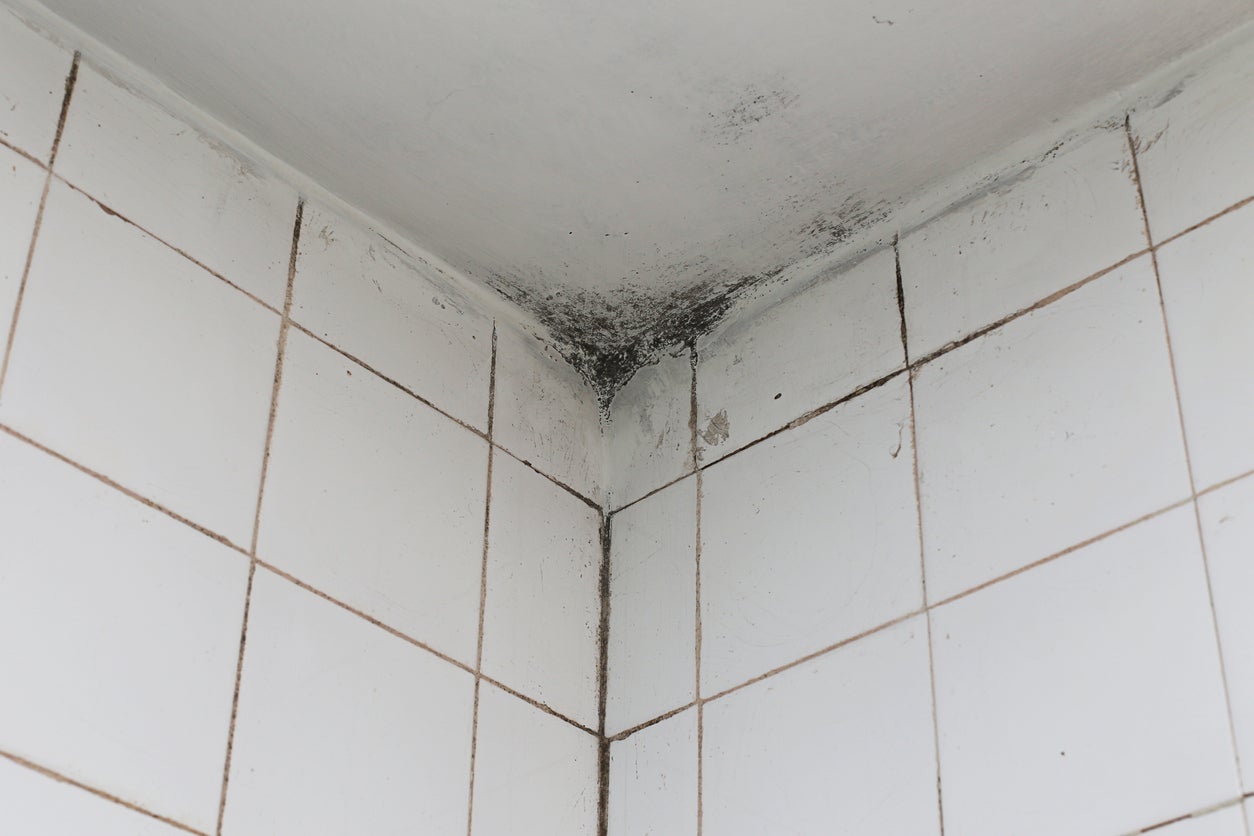

Bathroom Storage
The Easiest Way To Get Rid Of Bathroom Ceiling Mold
Modified: March 20, 2024
Looking for effective solutions for bathroom ceiling mold? Discover the easiest way to eliminate it with our practical bathroom storage solutions.
(Many of the links in this article redirect to a specific reviewed product. Your purchase of these products through affiliate links helps to generate commission for Storables.com, at no extra cost. Learn more)
Introduction
Welcome to the ultimate guide on how to get rid of bathroom ceiling mold. Dealing with mold in your bathroom can be a frustrating and potentially harmful problem. Not only can it damage the aesthetics of your bathroom, but it can also pose serious health risks to you and your family. That’s why it’s crucial to understand the causes of bathroom ceiling mold, identify its presence, and take proactive steps to prevent and remove it.
In this comprehensive article, we will delve into the world of bathroom ceiling mold and provide you with practical tips and techniques to keep your bathroom mold-free. Whether you’re a homeowner, renter, or just looking to update your bathroom storage, this guide is designed to help you address this common issue and ensure a clean and healthy bathroom environment.
Key Takeaways:
- Say goodbye to bathroom ceiling mold by implementing proper ventilation, controlling moisture levels, and regular cleaning. Keep your bathroom mold-free and your family healthy with these proactive measures.
- Safely remove bathroom ceiling mold by wearing protective gear, using the right cleaning solutions, and following a step-by-step removal process. Take immediate action to prevent health risks and maintain a clean environment.
Understanding bathroom ceiling mold
Bathroom ceiling mold is a common problem that many homeowners and renters have to deal with. It occurs when moisture and humidity combine in the bathroom, providing the perfect environment for mold growth. Understanding the causes of bathroom ceiling mold and the health risks it poses is key to combatting this issue effectively.
Causes of bathroom ceiling mold
There are several factors that contribute to the development of mold on bathroom ceilings:
- Poor ventilation: Inadequate ventilation is one of the primary causes of bathroom ceiling mold. When moist air gets trapped in the bathroom after a shower or bath, it creates a conducive environment for mold growth.
- Leaky pipes or fixtures: Any leaks in the plumbing system, such as pipes, faucets, or showers, can introduce moisture into the ceiling space, leading to the growth of mold.
- Lack of insulation: Insufficient insulation in the ceiling can cause condensation to form, leading to dampness and mold growth.
Health risks associated with bathroom ceiling mold
Bathroom ceiling mold can have detrimental effects on your health if left untreated. Here are some of the health risks associated with exposure to mold:
- Allergies: Mold spores can trigger allergies in susceptible individuals, leading to symptoms such as nasal congestion, sneezing, and itchy eyes.
- Asthma: People with asthma may experience worsened symptoms when exposed to mold, including coughing, wheezing, and difficulty breathing.
- Respiratory infections: Prolonged exposure to mold can increase the risk of developing respiratory infections, especially in individuals with weakened immune systems.
- Toxic mold syndrome: Certain types of mold, such as black mold (Stachybotrys chartarum), produce mycotoxins that can cause severe health issues, including neurological problems and immune system suppression.
It’s important to address bathroom ceiling mold promptly to protect yourself and your loved ones from these potential health hazards.
Identifying bathroom ceiling mold
Being able to identify bathroom ceiling mold is crucial in order to take appropriate actions for its removal and prevention. By knowing the signs of mold and understanding how it differs from mildew, you can accurately determine if your bathroom is affected by mold.
Read more: What Is The Easiest Way To Sand A Ceiling
Signs of bathroom ceiling mold
Here are some common signs that indicate the presence of mold on your bathroom ceiling:
- Visible discoloration: Look for dark spots or patches on the ceiling, which can range in color from black, brown, green, or even white.
- Musty odor: Mold has a distinct musty smell. If you detect a lingering unpleasant odor in your bathroom, it may be a sign of mold growth.
- Peeling or bubbling paint: Moisture from mold growth can cause the paint on the ceiling to bubble or peel.
- Water stains: Mold often thrives in areas with water damage. If you notice yellowish or brownish stains on your bathroom ceiling, it could be an indication of mold growth.
- Respiratory symptoms: If you or your family members experience unexplained respiratory symptoms such as coughing, sneezing, or nasal congestion that worsen when using the bathroom, it could be a sign of mold exposure.
Differentiating between mold and mildew
While mold and mildew are often used interchangeably, they are two different types of fungi. Here are some distinguishing characteristics:
- Appearance: Mold tends to have a fuzzy or slimy texture, whereas mildew appears as a powdery substance.
- Color: Mold can come in various colors like black, green, or brown, while mildew is typically white or gray.
- Growth pattern: Mold grows in patches or clusters that spread quickly, while mildew forms in a flat, superficial layer.
- Surface penetration: Mold can penetrate porous surfaces, making it more challenging to remove, whereas mildew remains on the surface.
It’s important to correctly identify whether you’re dealing with mold or mildew as the removal and prevention methods may differ. If you’re uncertain, it’s best to consult a professional for proper identification and guidance.
Preventing bathroom ceiling mold
The best way to deal with bathroom ceiling mold is to prevent it from occurring in the first place. By implementing proper ventilation, controlling moisture levels, and maintaining regular cleaning and maintenance routines, you can create an environment that is less conducive to mold growth.
Proper ventilation
Ensuring proper ventilation in your bathroom is vital for reducing moisture and preventing the growth of mold. Here’s how you can improve ventilation:
- Install an exhaust fan: A high-quality exhaust fan helps to remove moisture-laden air from the bathroom. Run the fan during and after showering or bathing to keep humidity levels down.
- Keep windows open: If your bathroom has windows, open them to let fresh air circulate and aid in the removal of excess moisture.
- Use a dehumidifier: Consider using a dehumidifier in your bathroom to reduce humidity levels and prevent mold growth, especially in areas with poor ventilation.
Controlling moisture levels
Controlling moisture is crucial in preventing bathroom ceiling mold. Follow these tips to keep moisture levels in check:
- Fix leaks promptly: Address any plumbing leaks or dripping faucets immediately to prevent water from accumulating in the ceiling and creating an environment for mold to grow.
- Use waterproof materials: Utilize waterproof materials such as shower curtains, bath mats, and rugs to prevent excess water from seeping into your bathroom’s ceiling.
- Avoid excessive moisture: Wipe down wet surfaces after showering or bathing, and hang towels and bathrobes to dry outside of the bathroom to minimize humidity.
Regular cleaning and maintenance
Regular cleaning and maintenance are essential in preventing mold growth in the bathroom. Follow these practices:
- Keep the bathroom clean: Regularly clean surfaces, walls, and fixtures with mold-resistant cleaners to remove any existing mold spores and prevent new growth.
- Inspect and repair caulking and grout: Check the caulking and grout around your bathtub, shower, and sink for any signs of deterioration. Replace any damaged areas to prevent water infiltration and mold growth.
- Regularly replace shower curtains and liners: Over time, shower curtains and liners can accumulate mold and mildew. Replace them periodically to maintain a clean and mold-free showering environment.
By implementing these preventative measures, you can significantly reduce the chances of bathroom ceiling mold and maintain a clean and healthy bathroom space.
Removing bathroom ceiling mold
If you have discovered mold on your bathroom ceiling, it is crucial to take immediate action to remove it. Here’s a step-by-step guide on how to safely and effectively remove bathroom ceiling mold.
Safety precautions
Before starting the mold removal process, it’s important to take proper safety precautions to protect yourself from potential health risks:
- Wear protective gear: Put on gloves, safety goggles, and a mask to prevent mold spores from coming into contact with your skin, eyes, and respiratory system.
- Ventilate the area: Open windows and use exhaust fans to increase ventilation and prevent the spread of mold spores.
- Contain the area: Use plastic sheets and tape to seal off the affected area and prevent mold spores from spreading to other parts of the house.
Read more: How To Get Rid Of Mold In Basement
Tools and materials needed
Here are the essential tools and materials you’ll need for removing bathroom ceiling mold:
- Scrub brush or sponge
- Mold cleaner or solution (e.g., a mixture of water and bleach, vinegar, hydrogen peroxide, or commercial mold remover)
- Bucket
- Old towels or rags
- Plastic garbage bags
- Protective gear (gloves, safety goggles, mask)
Step-by-step mold removal process
Follow these steps to safely remove bathroom ceiling mold:
- Prepare the area: Place a drop cloth on the floor below the affected area to catch any debris or mold that may fall during the cleaning process.
- Mix your cleaning solution: Depending on the type of mold cleaner you’re using, follow the instructions to create the appropriate mixture.
- Wet the affected area: Use a spray bottle or sponge to wet the moldy area with your chosen cleaning solution. This helps to prevent mold spores from becoming airborne during cleaning.
- Scrub the moldy surface: Use a scrub brush or sponge to gently scrub the mold off the ceiling. Work in a circular motion and apply even pressure.
- Rinse and dry: After scrubbing, rinse the area with clean water to remove any residue. Then, thoroughly dry the surface using old towels or rags. Ensure the area is completely dry to prevent future mold growth.
- Dispose of materials properly: Place all used towels, rags, and cleaning materials into plastic garbage bags, seal them tightly, and dispose of them in an outdoor trash bin.
It’s important to monitor the affected area after mold removal to ensure that it doesn’t return. Address any underlying moisture issues, such as leaks or inadequate ventilation, to prevent future mold growth.
If the mold infestation is extensive or you’re uncomfortable removing the mold yourself, it’s recommended to seek professional assistance to ensure proper removal and preventive measures are taken.
Tips for keeping bathroom ceilings mold-free
To maintain a mold-free bathroom ceiling, it’s important to incorporate preventive measures into your routine. By regularly inspecting your bathroom, promptly remedying water leaks, and utilizing mold-resistant paint or coatings, you can significantly reduce the likelihood of mold growth. Here are some helpful tips:
Regular inspections
Make it a habit to inspect your bathroom regularly for any signs of moisture or mold growth. Check the ceiling, walls, corners, and areas around fixtures. Early detection can help prevent mold from spreading and causing further damage.
Read more: How To Get Rid Of Mold On Brick
Quick remediation of water leaks
Address any water leaks or plumbing issues in your bathroom promptly. Even a small leak can lead to mold growth over time. Fixing leaks and repairing any water-damaged areas will help prevent excess moisture and create an environment that is less conducive to mold growth.
Using mold-resistant paint or coatings
Consider using mold-resistant paint or coatings on your bathroom ceiling. These specially formulated products are designed to inhibit the growth of mold and mildew. They provide an extra layer of protection against moisture and can be an effective preventive measure to keep your bathroom ceiling mold-free.
Proper ventilation
Ensure that your bathroom is adequately ventilated to decrease the buildup of moisture. Use exhaust fans or open windows during and after showers to help remove excess moisture from the air. Good ventilation will help to prevent condensation and create an inhospitable environment for mold growth.
Keep surfaces dry
Wipe down wet surfaces in your bathroom after use to prevent moisture buildup. Pay attention to areas prone to moisture accumulation, such as shower enclosures, bathtubs, and sink countertops. Regularly towel-dry these surfaces or use a squeegee to remove excess water.
Read more: How To Get Rid Of Mold On Bathtub
Maintain proper humidity levels
Keeping humidity levels in check is essential for preventing mold growth in the bathroom. Consider using a dehumidifier if your bathroom tends to have high humidity levels. Aim to keep the humidity below 50% to create an environment that is less favorable for mold growth.
By implementing these tips and being proactive in maintaining a clean and dry bathroom, you can successfully keep your bathroom ceilings mold-free. Remember, prevention is key when it comes to dealing with mold, so make these practices a regular part of your bathroom maintenance routine.
Conclusion
Mold growth on bathroom ceilings can be a frustrating and potentially harmful issue. However, with the right knowledge and proactive measures, you can effectively prevent and remove mold, creating a clean and healthy bathroom environment for you and your family.
In this comprehensive guide, we covered various aspects of dealing with bathroom ceiling mold. We discussed the causes of mold growth, such as poor ventilation and water leaks, and the health risks associated with mold exposure. Identifying mold on your bathroom ceiling and differentiating it from mildew is crucial for taking appropriate actions.
We also provided practical tips for preventing mold, including proper ventilation, controlling moisture levels, and regular cleaning and maintenance. By incorporating these practices into your routine, you can significantly reduce the chances of mold growth in your bathroom.
If you do discover mold on your bathroom ceiling, we outlined the necessary safety precautions, tools, and step-by-step process for its removal. It’s important to handle mold removal carefully and dispose of materials properly to prevent the spread of mold spores.
Lastly, we offered tips for keeping your bathroom ceiling mold-free, such as performing regular inspections, promptly addressing water leaks, and utilizing mold-resistant paint or coatings. These preventive measures will help maintain a clean and healthy bathroom environment and minimize the risk of mold growth.
Remember, prevention is the key to dealing with bathroom ceiling mold. By adopting these practices and staying proactive, you can enjoy a mold-free bathroom that is both aesthetically pleasing and safe for you and your family.
Take control of your bathroom’s health and hygiene, and bid farewell to bathroom ceiling mold once and for all!
Frequently Asked Questions about The Easiest Way To Get Rid Of Bathroom Ceiling Mold
Was this page helpful?
At Storables.com, we guarantee accurate and reliable information. Our content, validated by Expert Board Contributors, is crafted following stringent Editorial Policies. We're committed to providing you with well-researched, expert-backed insights for all your informational needs.

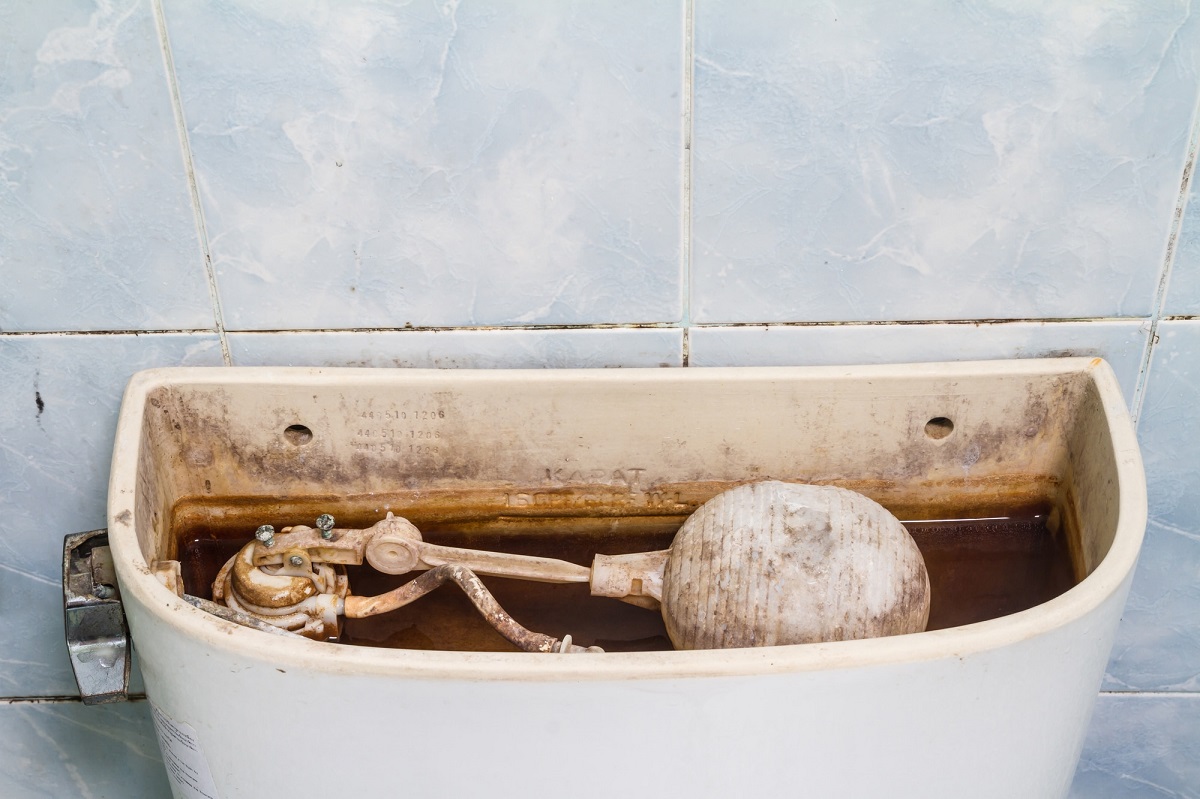
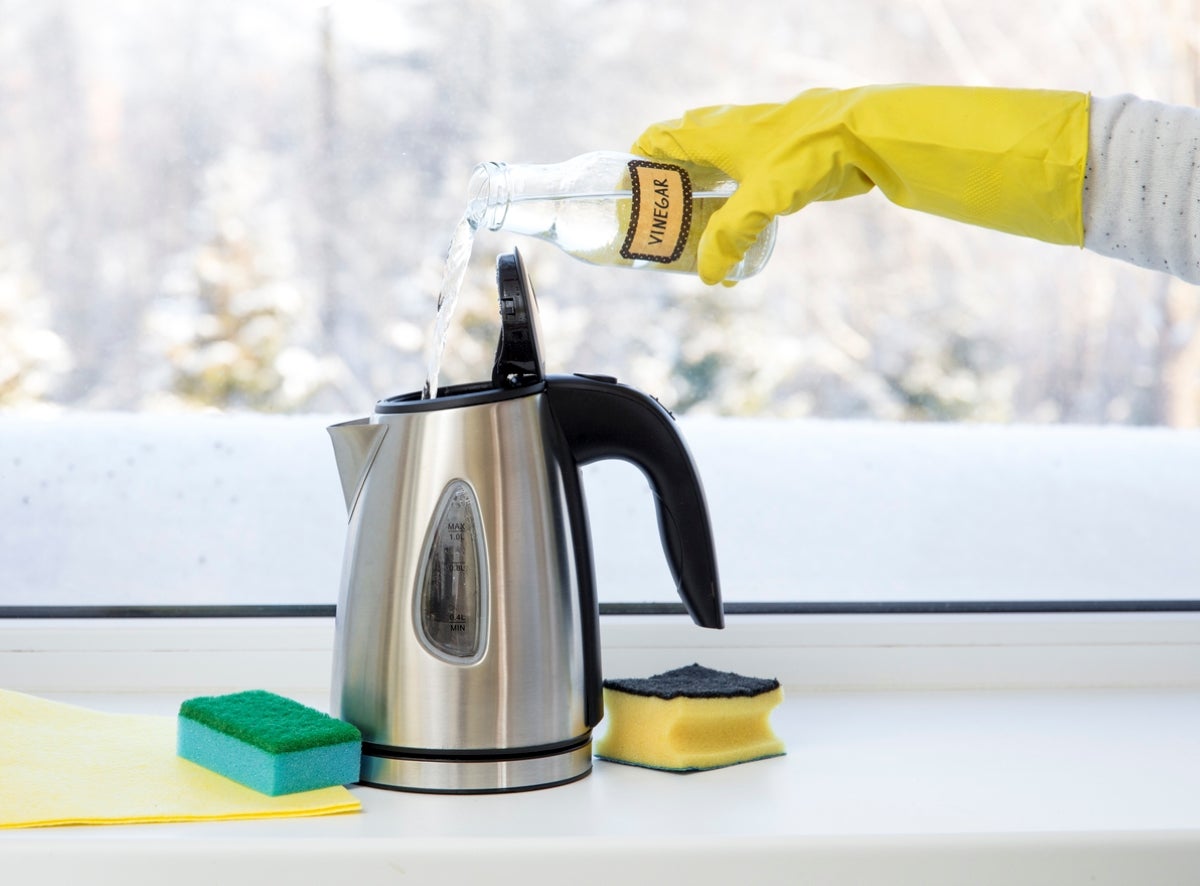
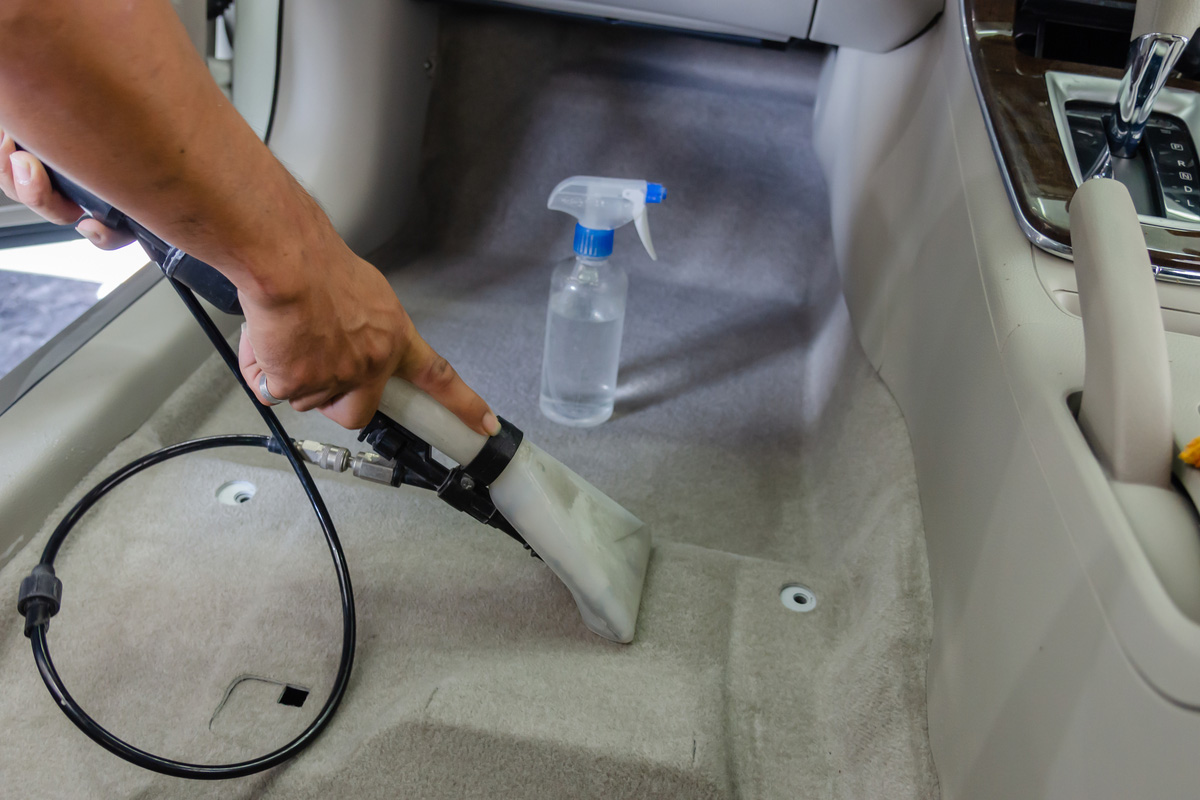
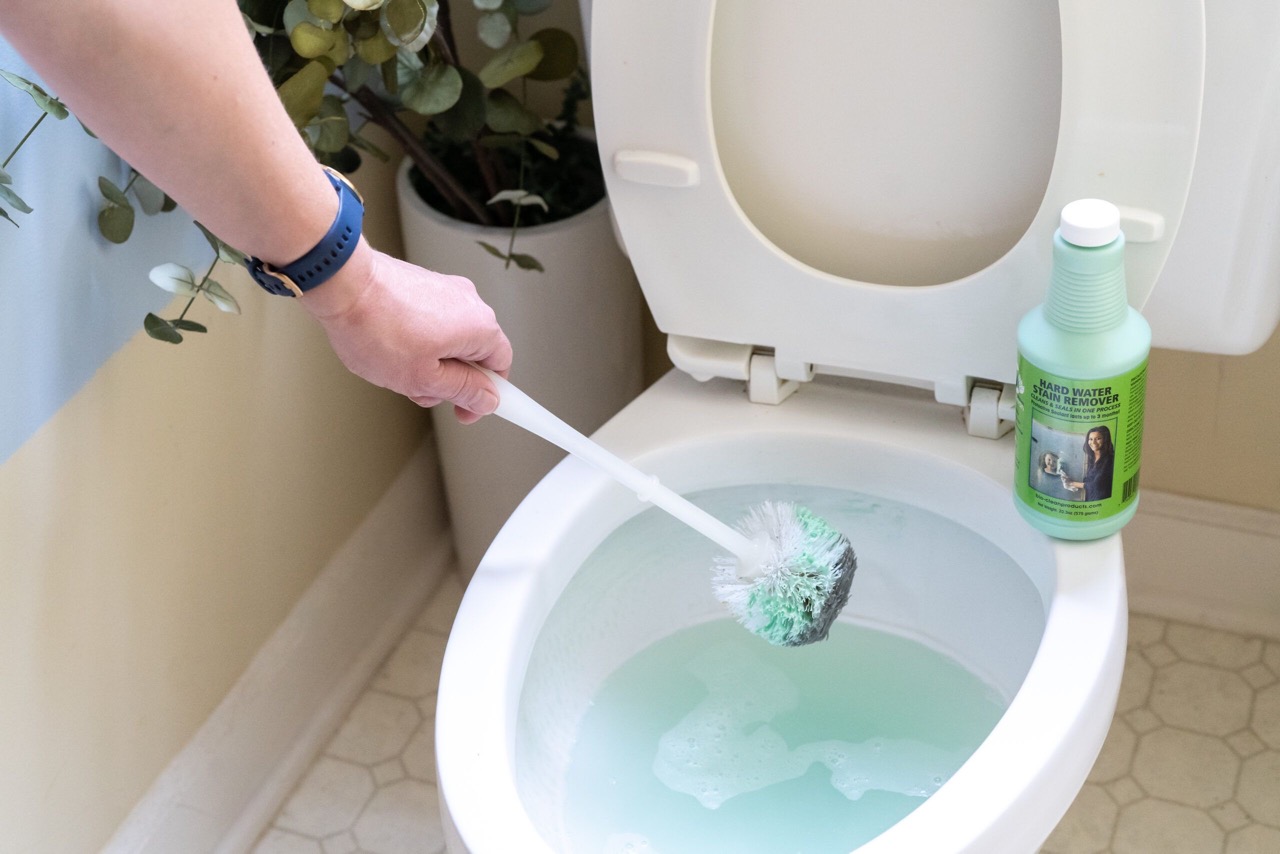
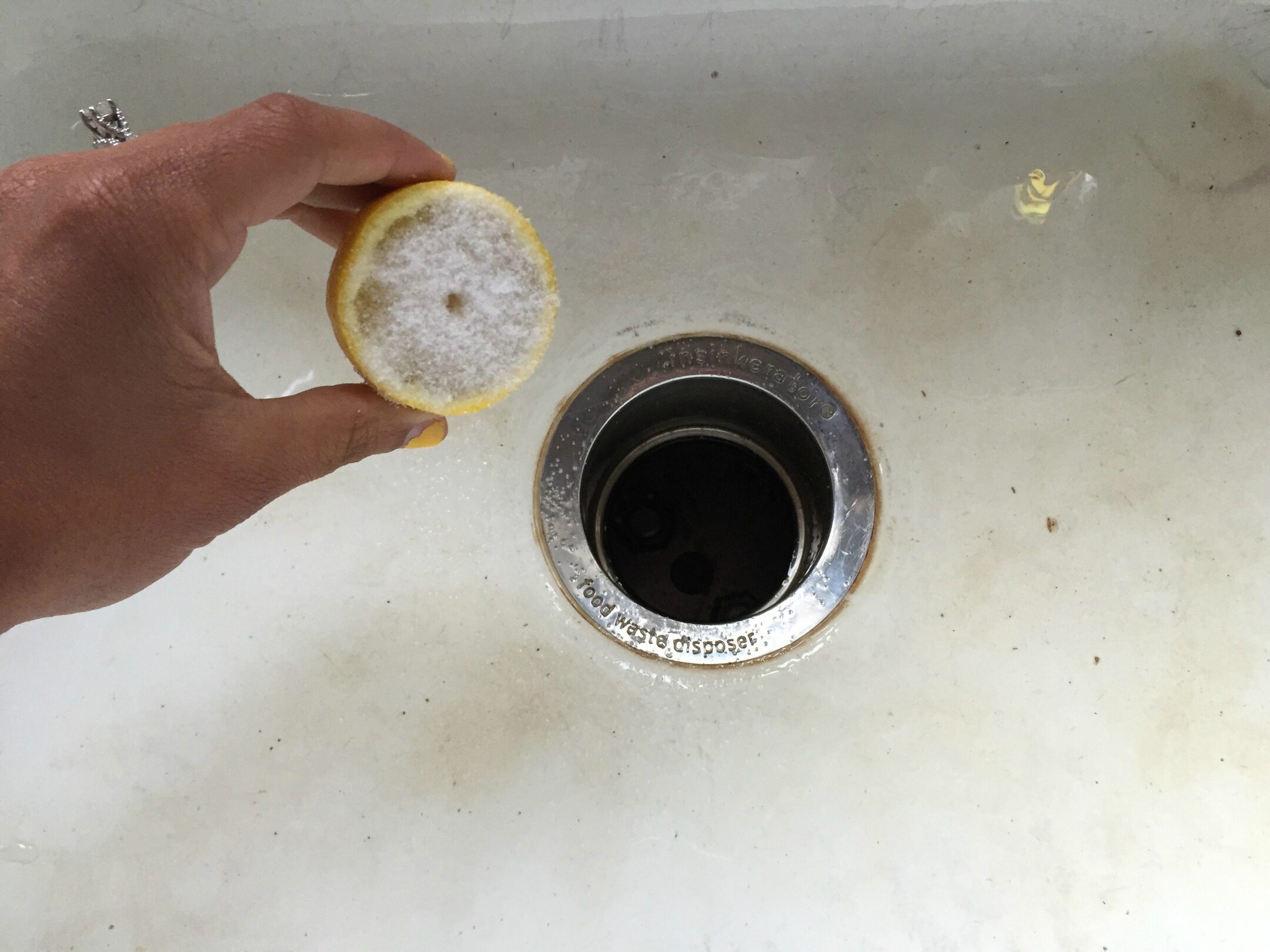
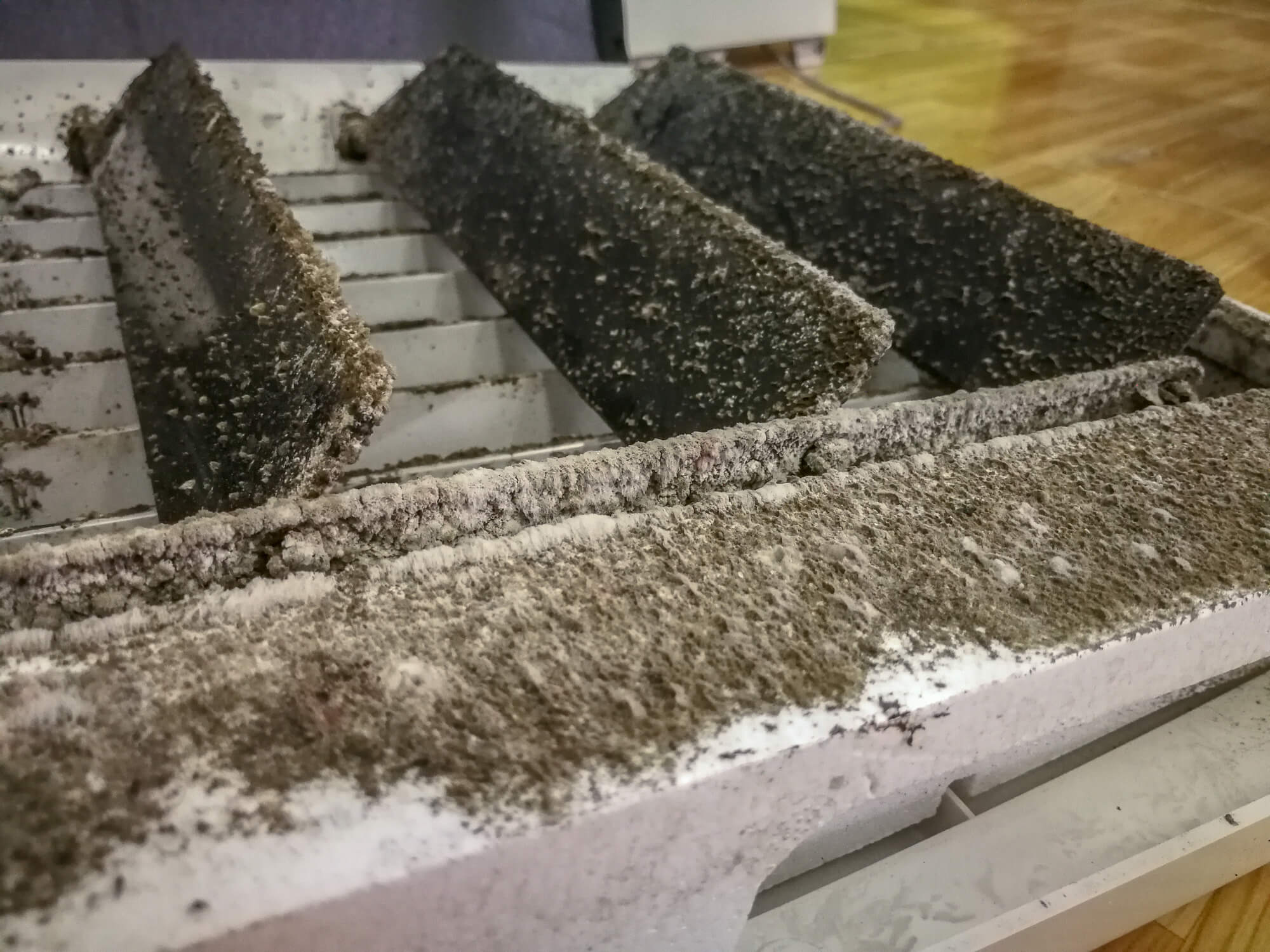
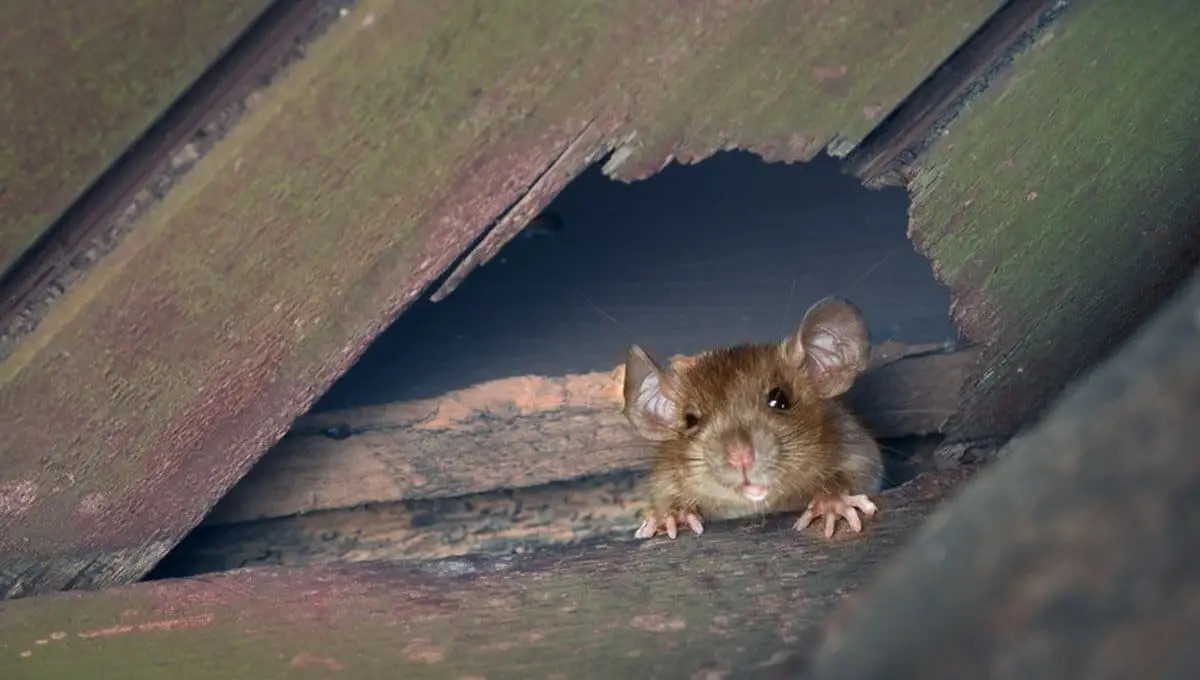
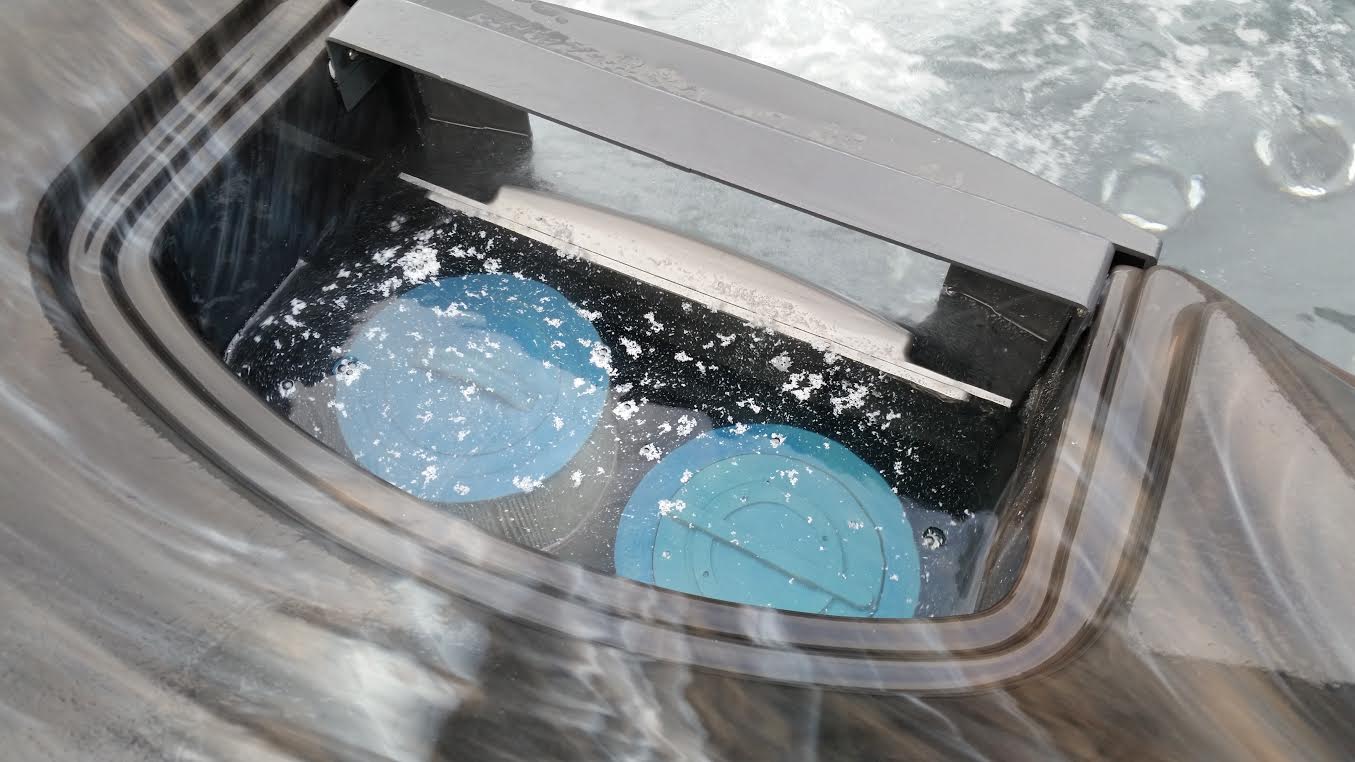
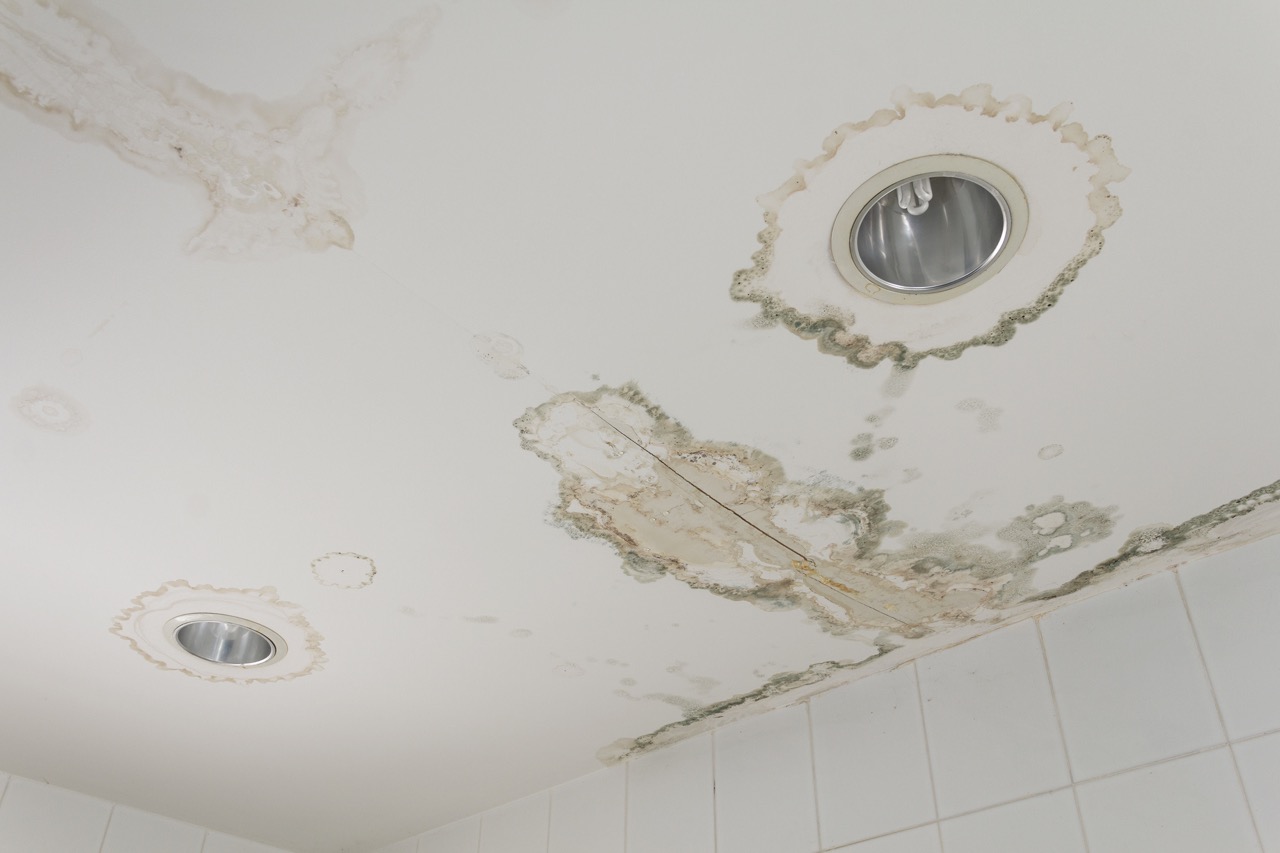

0 thoughts on “The Easiest Way To Get Rid Of Bathroom Ceiling Mold”